Santrock Adolescence 16Th Edition By John W Santrock – Test Bank
Chapter 04
The Self, Identity, Emotion, and Personality
1. The individual’s cognitive representation of the self, the substance and content of self-conceptions is called
A. self-evaluation.
B. self-understanding.
C. self-esteem.
D. None of these choices are correct.
Accessibility: Keyboard Navigation
APA: 1.1 Describe key concepts, principles, and overarching themes in psychology
Bloom’s Taxonomy: Remember
Difficulty: Basic
Learning Goal: 1
2. Ben knows that he is a baseball player, a member of his church, an older brother, and a fan of jazz music. This describes Ben’s
A. personality.
B. self-concept.
C. self-understanding.
D. self-assessment.
Accessibility: Keyboard Navigation
APA: 1.3 Describe applications of psychology
Bloom’s Taxonomy: Apply
Difficulty: Moderate
Learning Goal: 1
3. Which of the following statements regarding adolescent self-understanding is TRUE?
A. Over time, an adolescent’s self-understanding becomes more differentiated.
B. Adolescents understand that they possess different selves depending on the specific role or context.
C. The self fluctuates across situations and time.
D. All of these choices are correct.
Accessibility: Keyboard Navigation
APA: 1.2 Develop a working knowledge of psychology’s content domains
Bloom’s Taxonomy: Analyze
Difficulty: Moderate
Learning Goal: 1
4. Sari goes through many different emotions in one day. One minute she is laughing with her friends, and later she is edgy and snapping at her sister. Sari’s fluctuating self has been called the
A. barometric self.
B. bipolar self.
C. pendulum self.
D. unstable self.
Accessibility: Keyboard Navigation
APA: 1.3 Describe applications of psychology
Bloom’s Taxonomy: Apply
Difficulty: Basic
Learning Goal: 1
5. Carl Rogers argued that a strong discrepancy between the real self and the ideal self is a sign of
A. maturity.
B. cognitive dissonance.
C. maladjustment.
D. emerging adulthood.
Accessibility: Keyboard Navigation
APA: 1.2 Develop a working knowledge of psychology’s content domains
Bloom’s Taxonomy: Remember
Difficulty: Moderate
Learning Goal: 1
6. Crystal wants to be an honor student, a member of the softball team, and a student intern. In reality, she is a B-/C+ student, did not make the softball team, and was placed in a career exploration course rather than an internship. Rogers would say that this discrepancy between Crystal’s actual and ideal selves can produce
A. a sense of failure.
B. depression.
C. self-criticism.
D. All of these choices are correct.
Accessibility: Keyboard Navigation
APA: 1.3 Describe applications of psychology
Bloom’s Taxonomy: Apply
Difficulty: Moderate
Learning Goal: 1
7. Which of the following statements regarding possible selves is NOT true?
A. Possible selves include what individuals would like to become.
B. Possible selves include what individuals are afraid of becoming.
C. Possible selves that have a negative aspect are unhealthy and should be avoided.
D. Aspects of the future negative self can identify behaviors to be avoided.
Accessibility: Keyboard Navigation
APA: 1.2 Develop a working knowledge of psychology’s content domains
Bloom’s Taxonomy: Analyze
Difficulty: Moderate
Learning Goal: 1
8. Troy, age 16, is LEAST likely to show his false self to
A. his best friend.
B. his classmate.
C. his girlfriend.
D. his coach.
Accessibility: Keyboard Navigation
APA: 1.3 Describe applications of psychology
Bloom’s Taxonomy: Apply
Difficulty: Basic
Learning Goal: 1

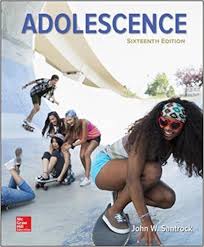
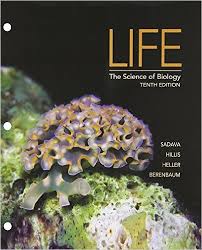





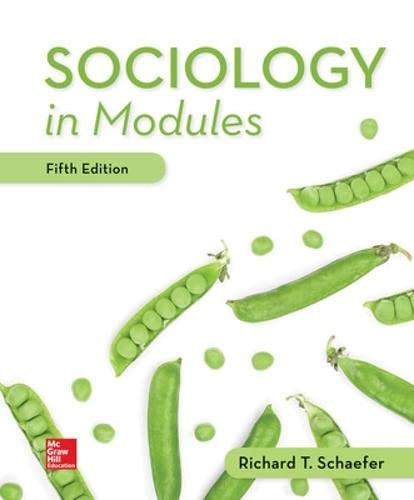
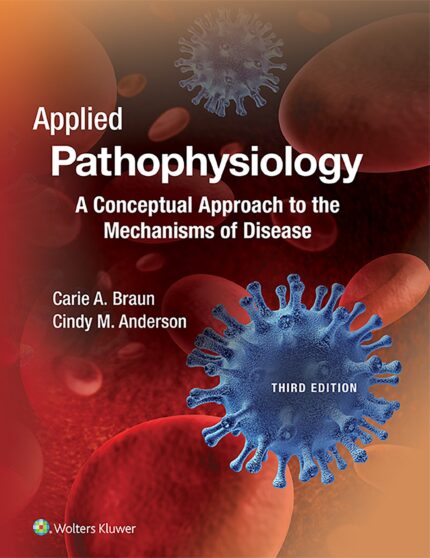

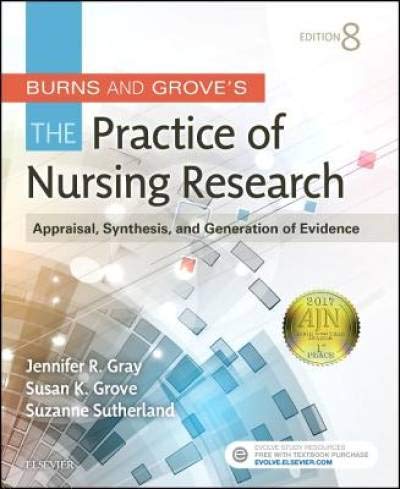


Reviews
There are no reviews yet.